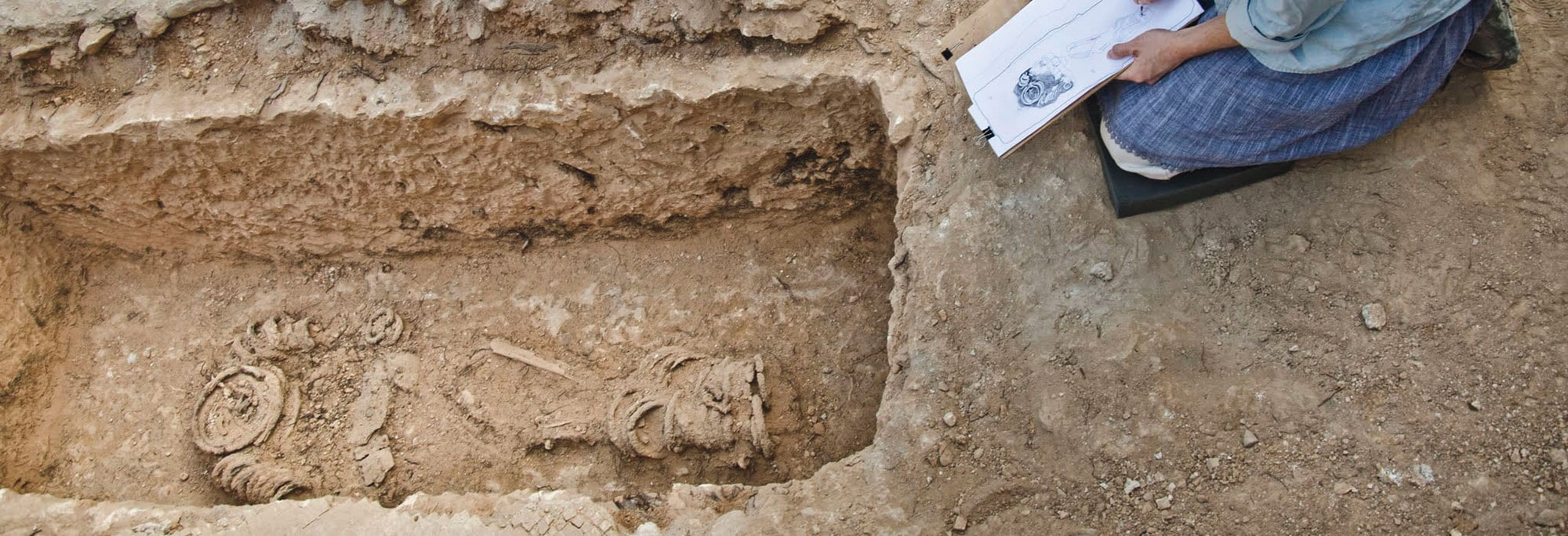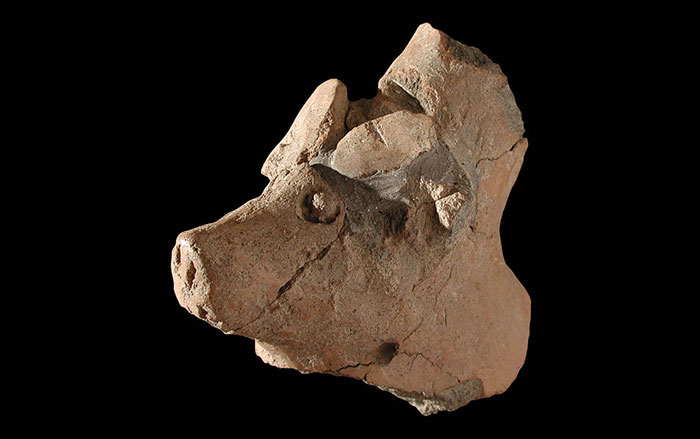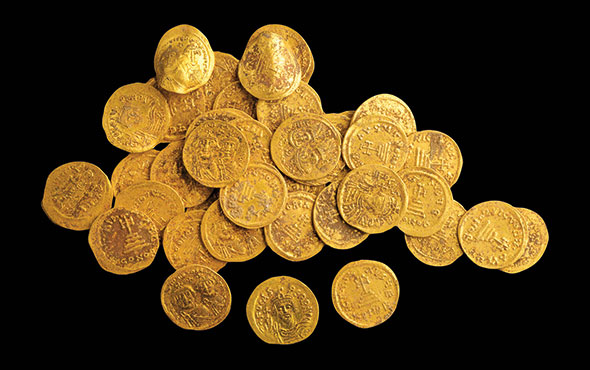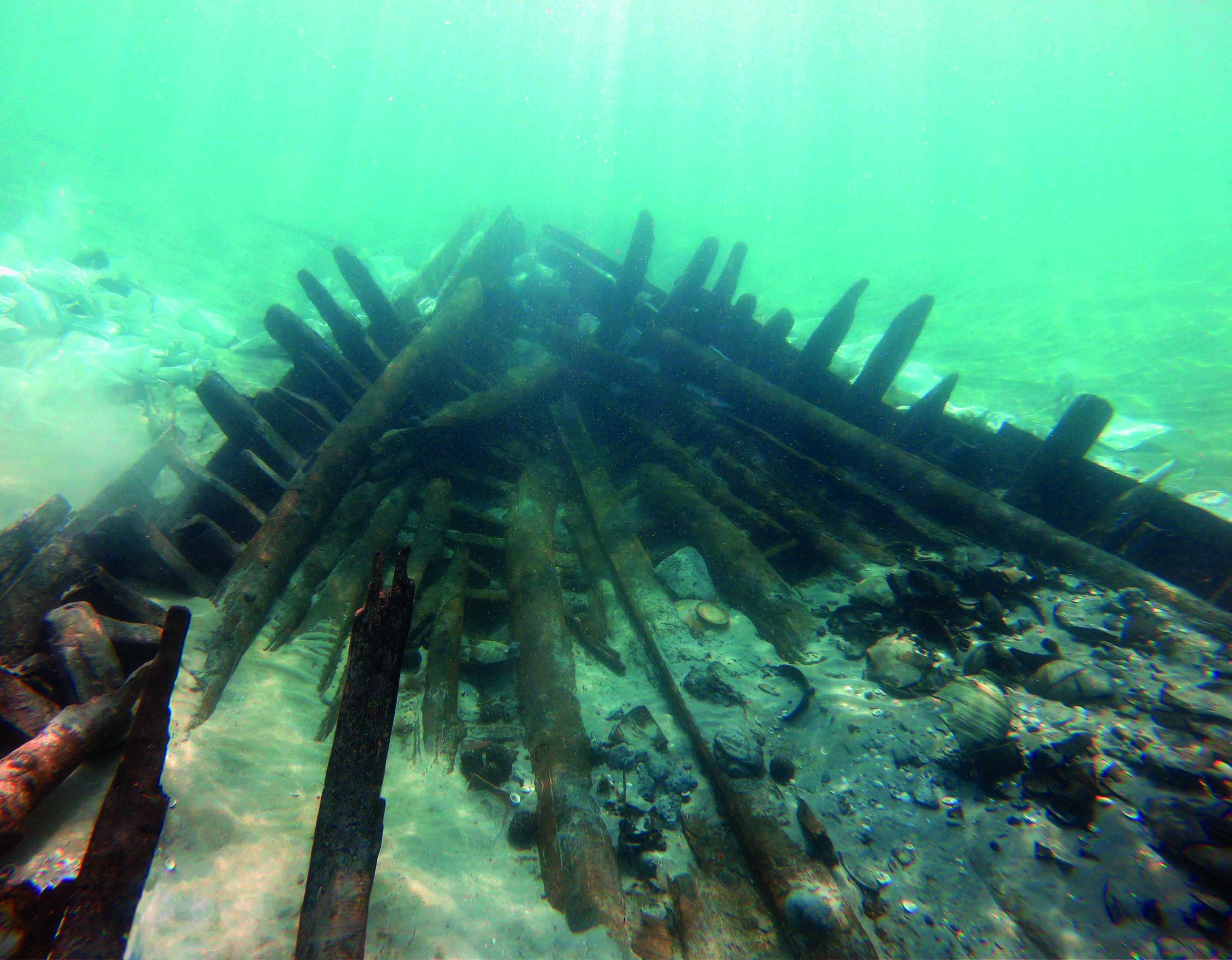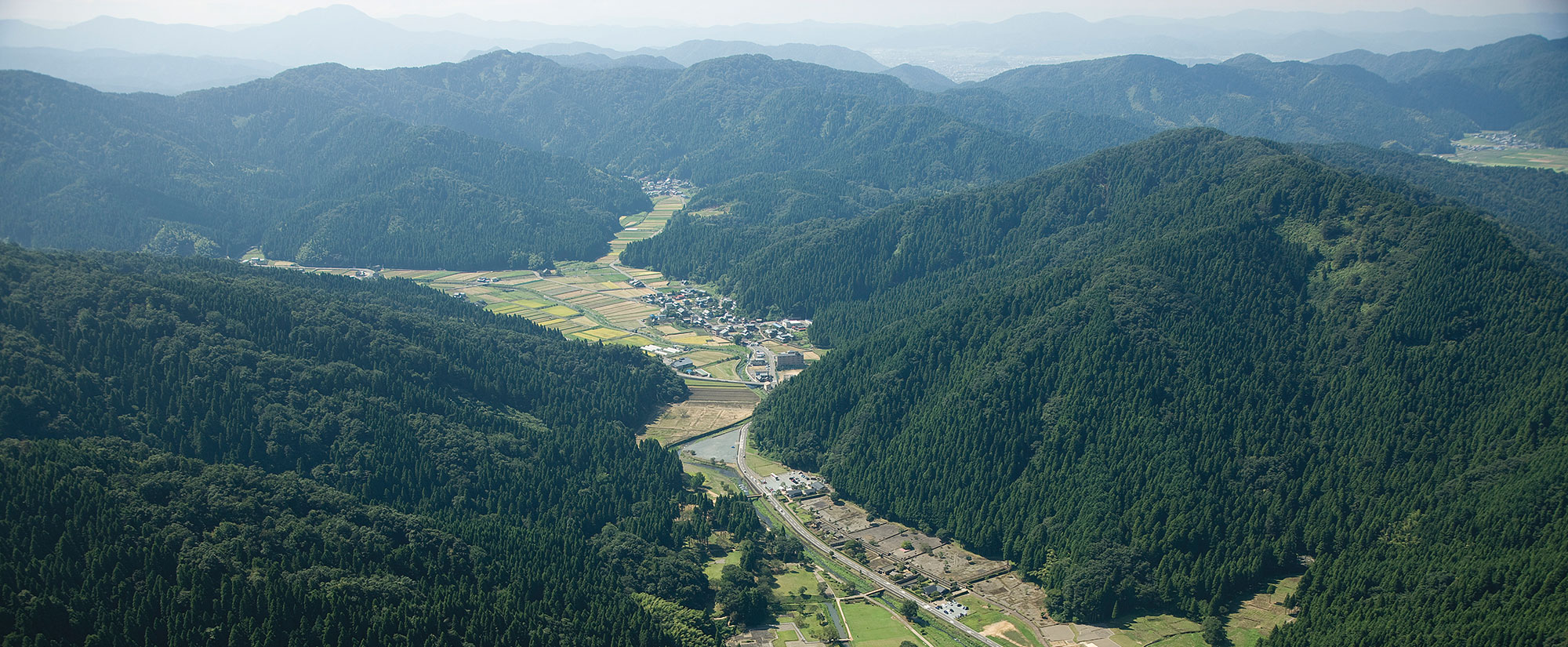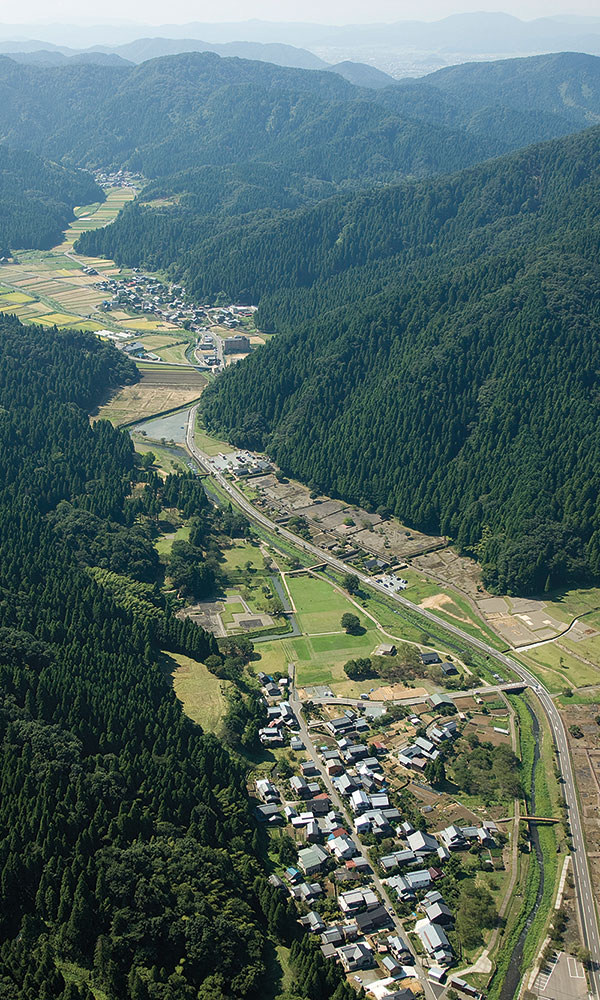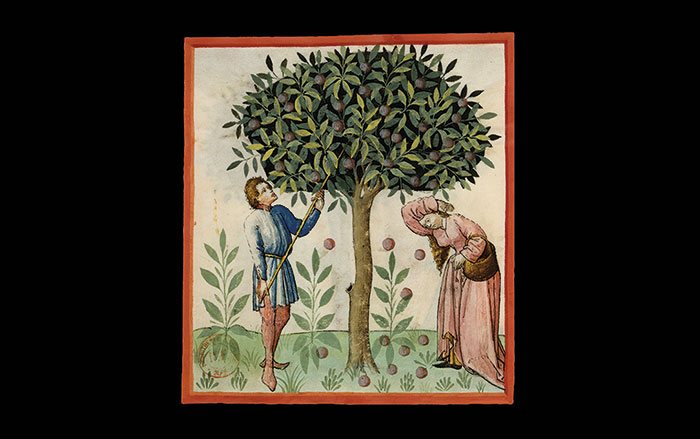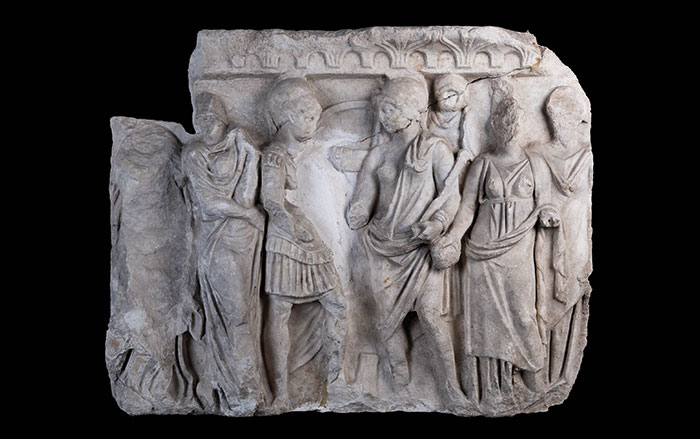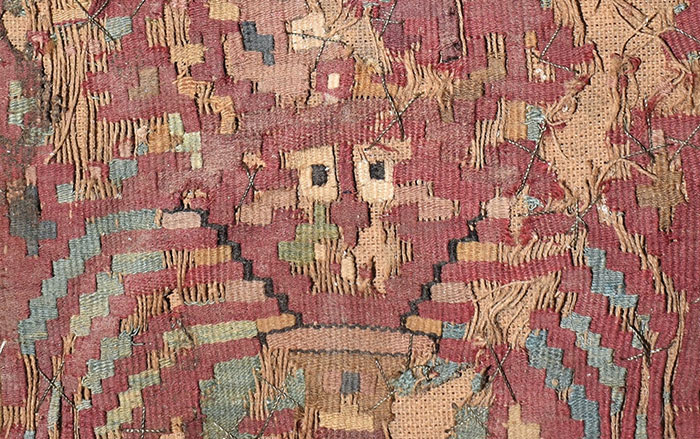
Archaeologists from the Israel Antiquities Authority have unearthed parts of a Roman and Byzantine settlement just outside the modern city of Kiryat Gat. The researchers believe the settlement was founded in the first century b.c. and flourished for more than 600 years, thanks to its location along an important road connecting the Judean Mountains with the coastal plain. The settlement seems to have been especially prosperous during the fifth and sixth centuries a.d., based on evidence of an extensive building campaign as well as distinctive types of pottery, coins, and decorative marbles found at the site. Also dating to this period are remnants of successful winemaking and ceramic industries, which produced goods for use by local communities as well as for export throughout the Mediterranean.
This Byzantine expansion of the Roman settlement seems to have been centered around a newly established monastery, which had a chapel featuring an ornate mosaic floor. The mosaic’s colorful design includes crosses, lions, doves, flowers, and geometric patterns. At its center is a passage in Greek from the Hebrew Bible’s Book of Deuteronomy that reads, “Blessed are you when you come in, and blessed are you when you go out.” Around 10 buildings have been uncovered to date, but experts believe that much of the settlement remains buried and that it is likely the largest and most significant Roman-Byzantine site ever discovered in southern Israel.





